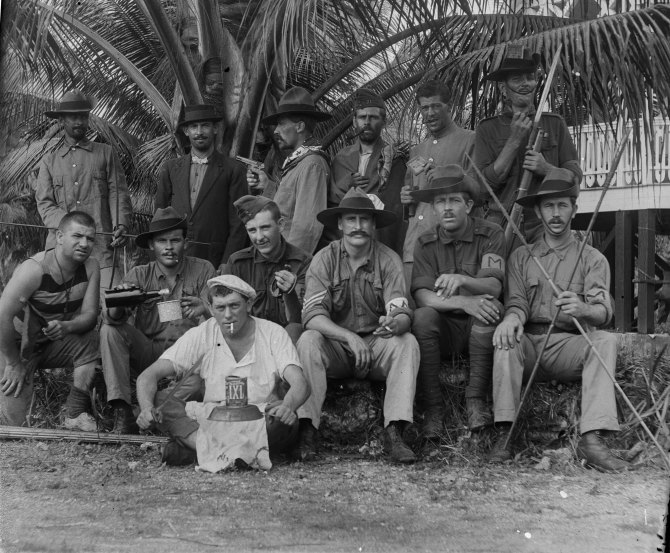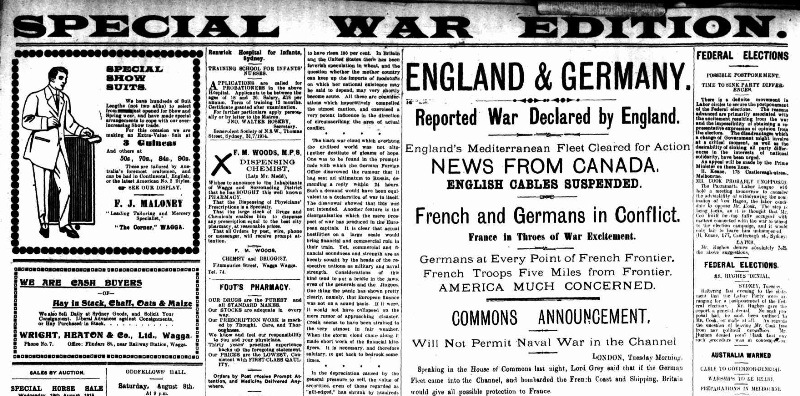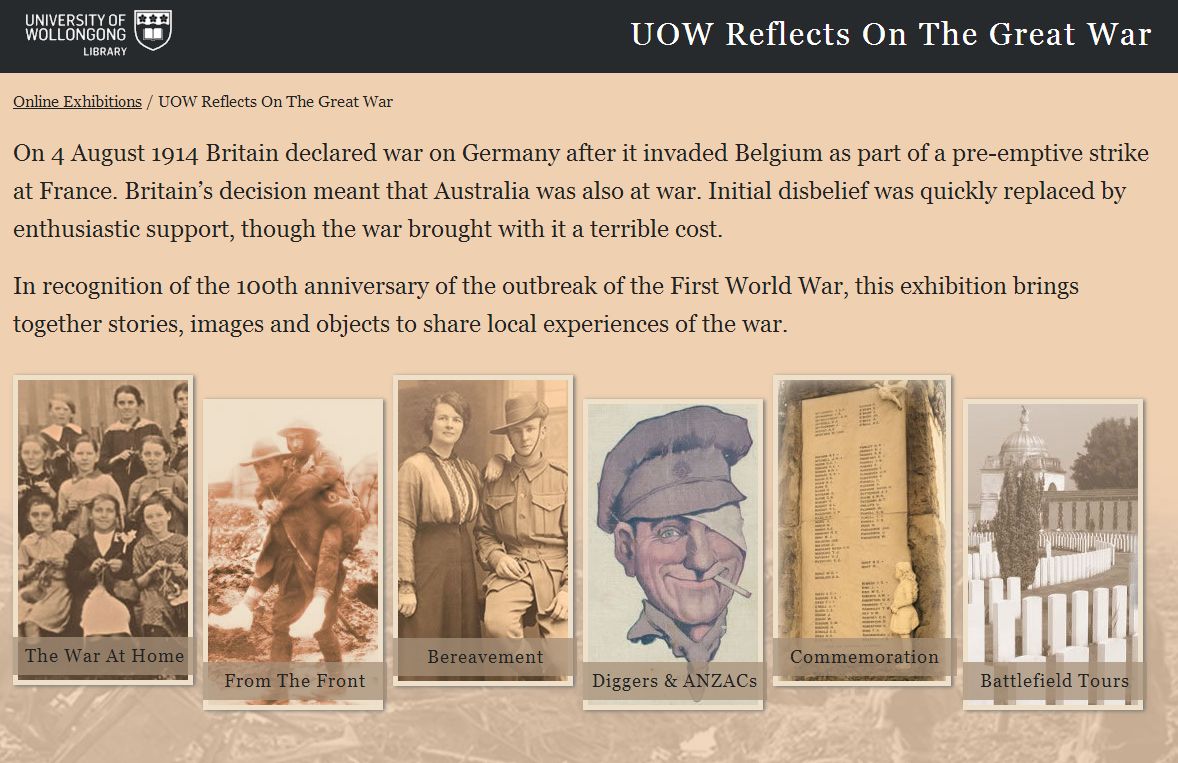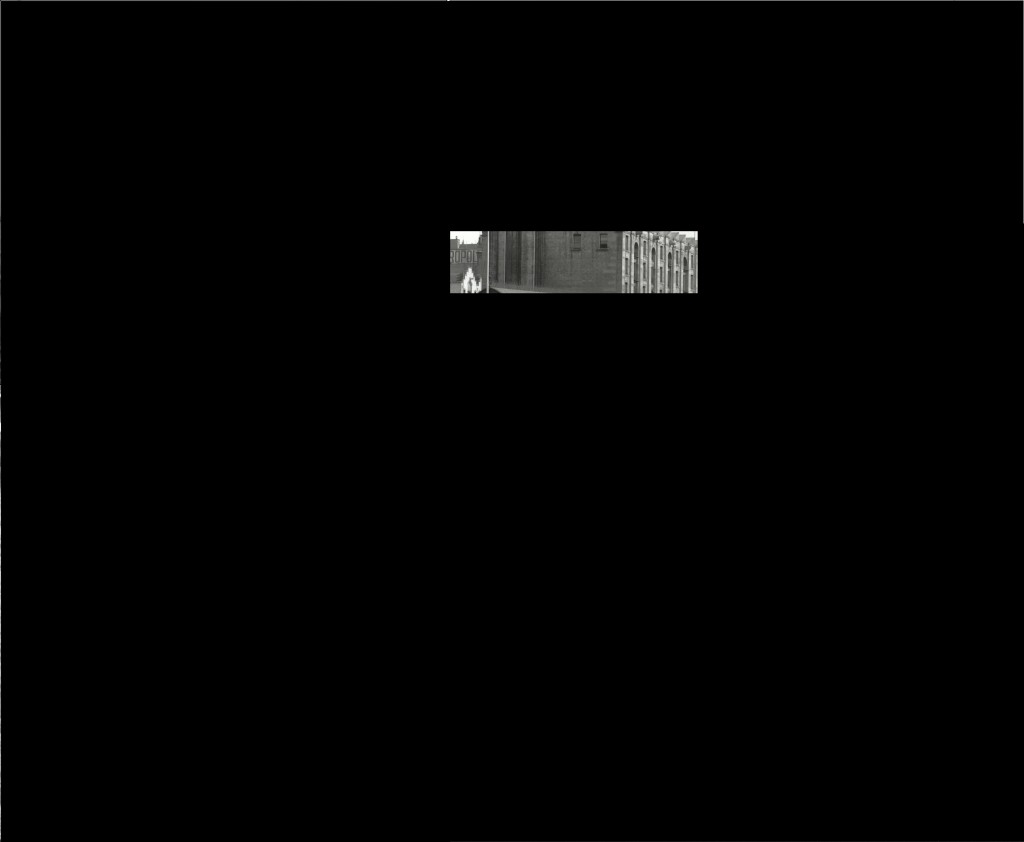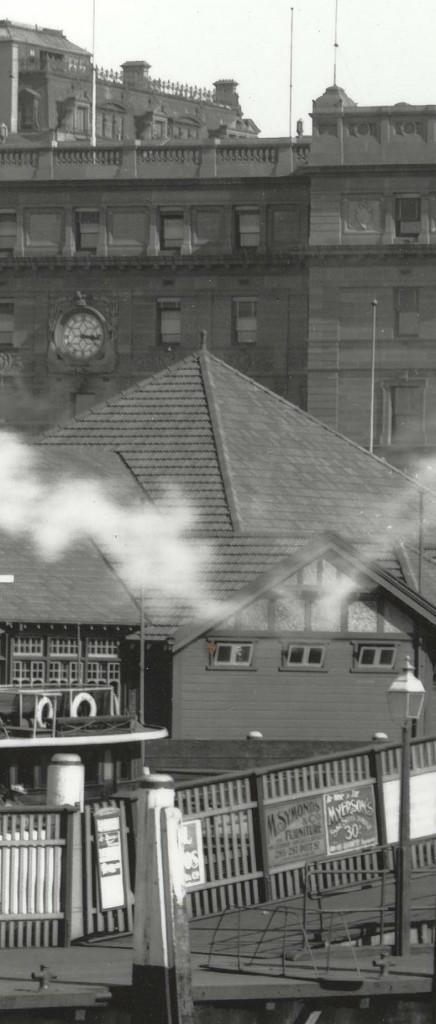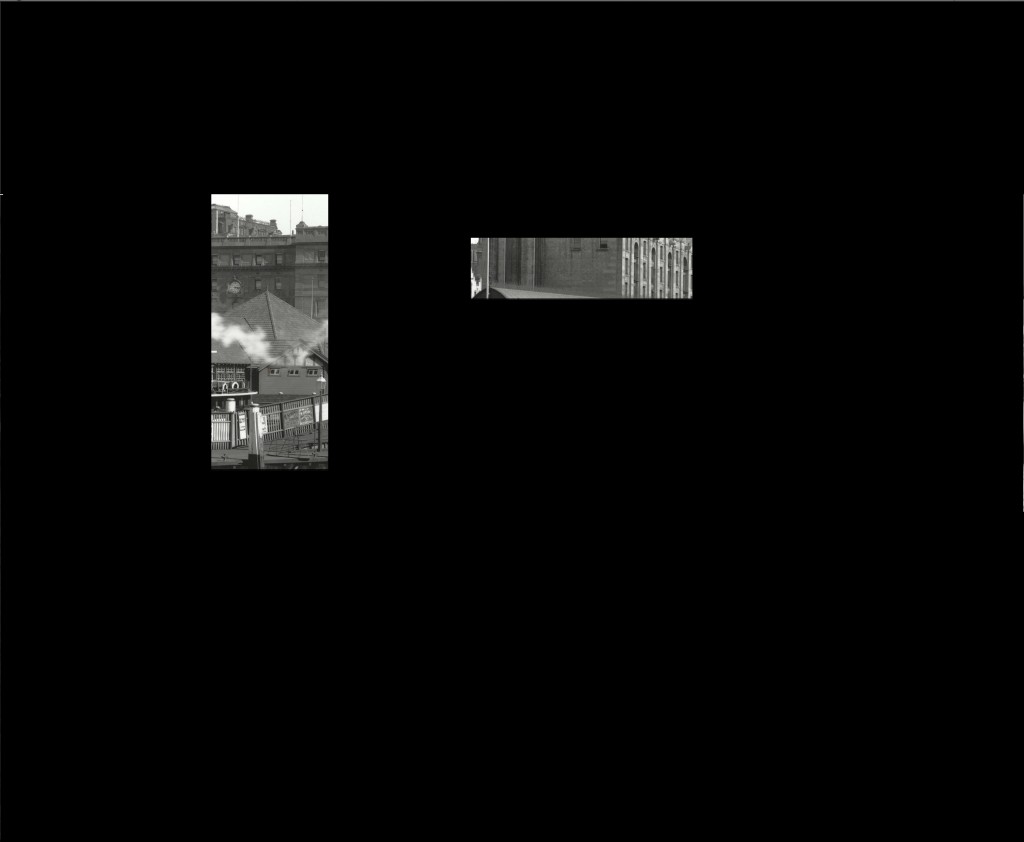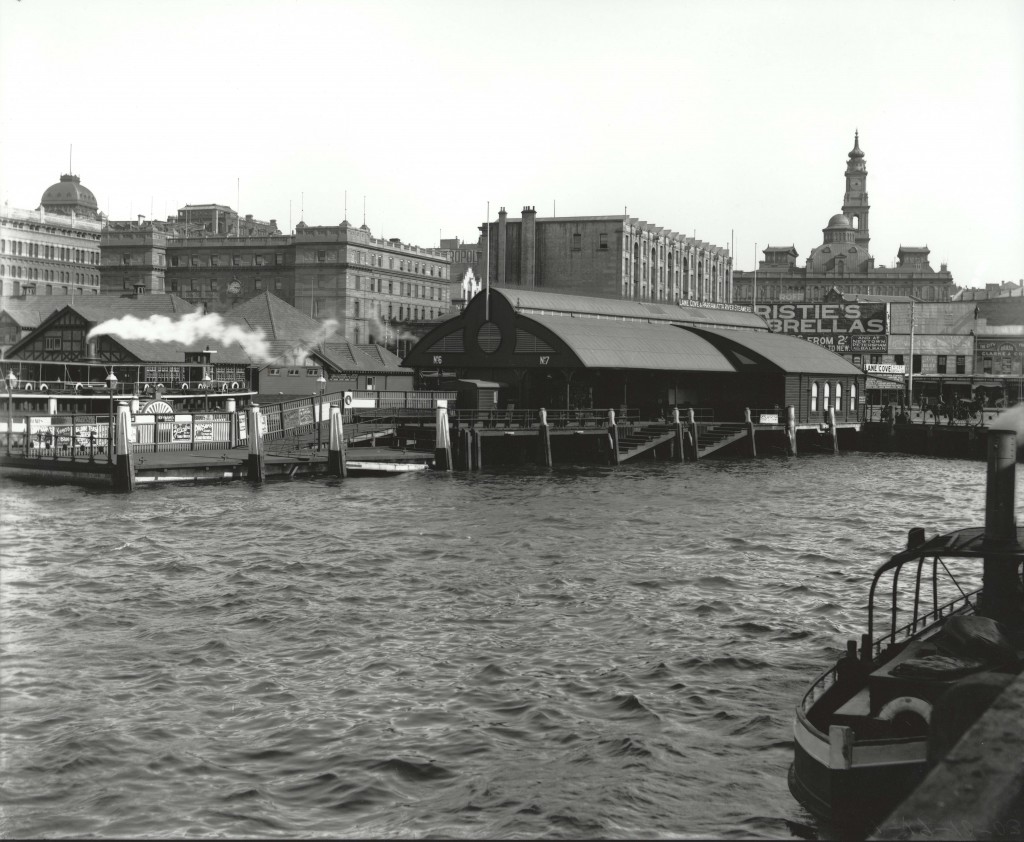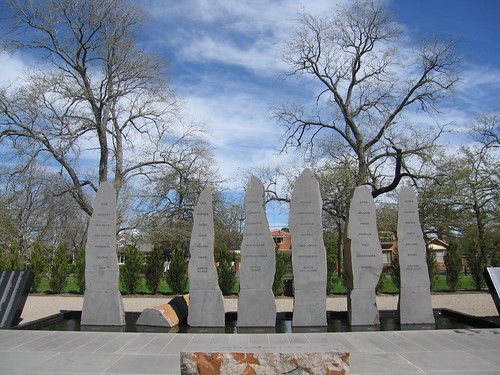Another group of photographs in NRS 15051, School photographs collection, are images from the Blackfriars Correspondence School.
Over the course of WWI the closure of smaller schools in rural areas led to the growth of the Correspondence School, a distance education method for children living more than 3 miles from a school. Teachers were based in Sydney and lessons posted to and from students at the school.
Many of the images in this group were taken during the Commonwealth Film Unit production of “School in the Mailbox”, a film directed by Stanley Hawes.
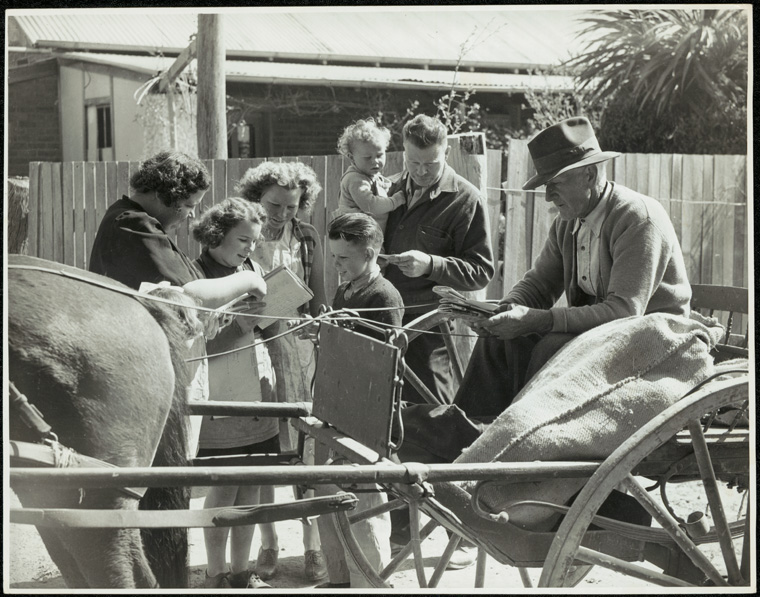
Caption: Correspondence School – The mailman calls at a lonely NSW country home with letters for all, and State Correspondence School lessons for the youngsters. He will take away with him all completed exercises from the previous school delivery.
Digital ID: 15051_a047_003372.jpg
Date: c. 01/01/1946
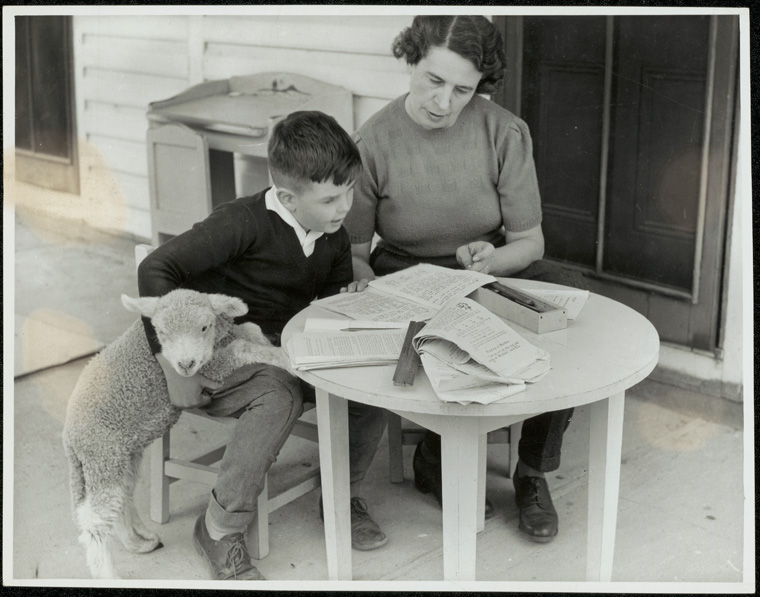
Caption: Correspondence School – From the Commonwealth Film Unit production School in the Mailbox Directed by Stanley Hawes. With his pet lamb for company Robert has a Correspondence School reading lesson from his mother. All states conduct correspondence schools for country children and all children living more than 3 miles from a school are entitled to the lessons.
Digital ID: 15051_a047_003373.jpg
Date: c. 01/01/1946
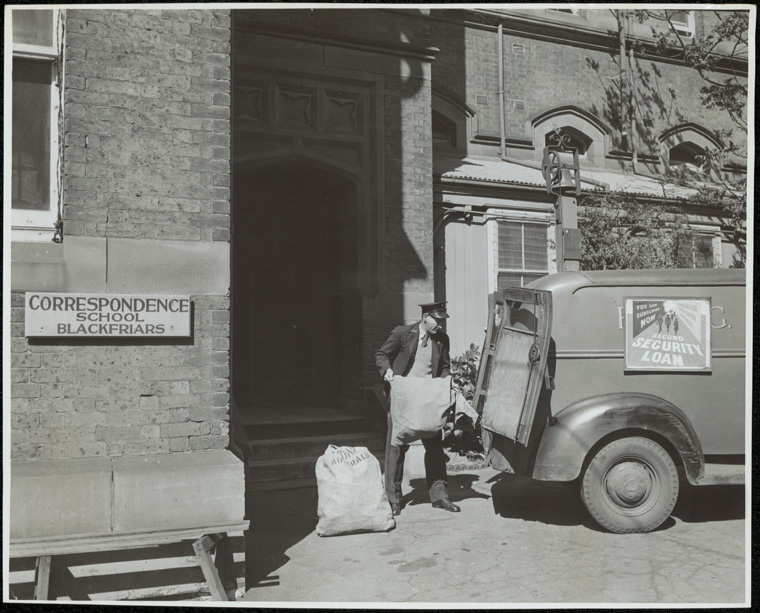
Caption: Correspondence School – Lessons on their way from the State Correspondence School (Blackfriars), Sydney. Everyday P.M.G. mail vans make several journeys from the school with new lessons, and return with work sent in by distant pupils.
Digital ID: 15051_a047_003374.jpg
Date: c. 01/01/1946
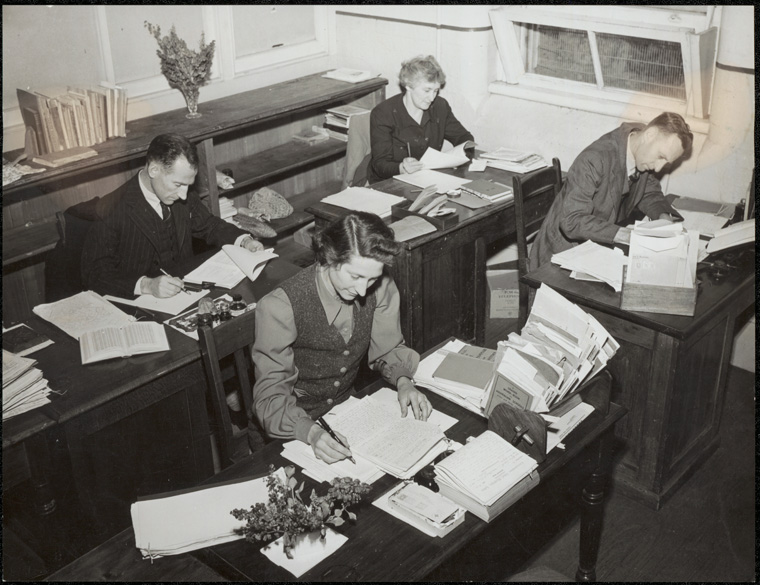
Caption: Correspondence School – From the Commonwealth Film Unit production School in the Mailbox Directed by Stanley Hawes. Under the Blackfriars State Correspondence School’s headmaster’s guidance in Sydney is an enthusiastic staff of 190 teachers.
Digital ID: 15051_a047_003382.jpg
Date: c. 01/01/1946
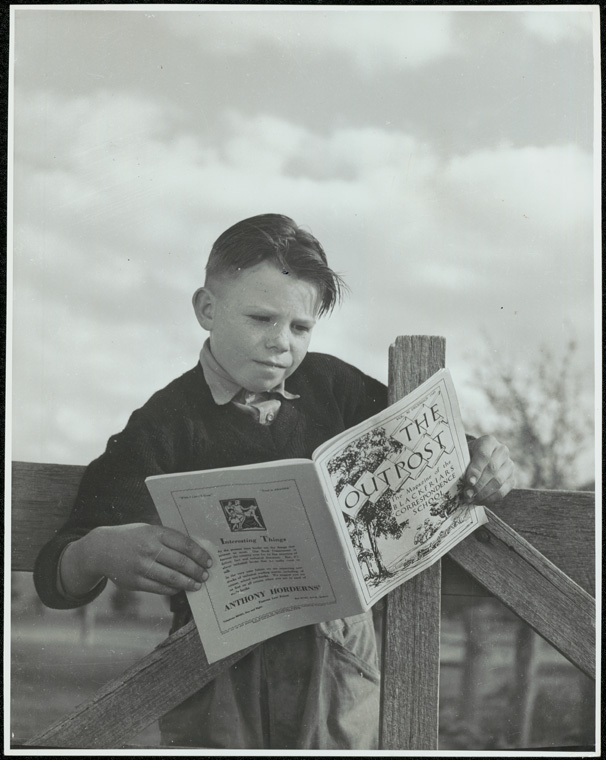
Caption: Correspondence School – Among the State Correspondence School papers the mailman has brought to Bill’s country home in NSW, is the latest edition of the school magazine.
Digital ID: 15051_a047_003375.jpg
Date: c. 01/01/1946
See more images from the State Correspondence School.
